
Viscount Hardinge, of Lahore and of Kings Newton in the County of Derby, is a title in the Peerage of the United Kingdom. It was created in 1846 for the soldier and Tory politician Sir Henry Hardinge. His son, the second Viscount, represented Downpatrick in Parliament. His great-great-grandson, the sixth Viscount, succeeded a distant relative as eighth Baronet, of Belle Isle in the County of Fermanagh, in 1986. This title had been created in the Baronetage of the United Kingdom 1801 for Richard Hardinge. He was the third son of Nicolas Hardinge, younger brother of Reverend Henry Hardinge and uncle of the latter's third son Henry Hardinge, 1st Viscount Hardinge. The baronetcy was created with special remainder to the heirs male of Richard Hardinge's father.

The Macartney Baronetcy, of Lish in the County of Armagh, is a title in the Baronetage of Ireland. It was created on 4 January 1799 for Sir John Macartney, Member of the Irish House of Commons for Fore and Naas. He had been knighted in 1796 for promoting inland navigation in Ireland. Macartney was the younger son of William Macartney, who represented Belfast in the Irish Parliament. The family have lived in Australia since the emigration of the third Baronet in the 19th century.
The Duff, later Duff Gordon Baronetcy, of Halkin in the County of Aberdeen, is a title in the Baronetage of the United Kingdom. It was created on 12 November 1813 for James Duff, British Consul in Cádiz, with remainder to his nephew, William Gordon.

The Antrobus Baronetcy, of Antrobus in the County Palatine of Chester, is a title in the Baronetage of the United Kingdom.

There have been two baronetcies created for persons with the surname Backhouse, once in the Baronetage of England and once in the Baronetage of the United Kingdom. As of 2023 one creation is extant.

The Cradock-Hartopp Baronetcy, of Freathby in the County of Leicester and of Four Oaks Hall in the County of Warwick, was a title in the Baronetage of Great Britain. It was created on 12 May 1796 for Edmund Cradock-Hartopp, Member of Parliament for Leicestershire. Born Edmund Bunney, he was the husband of Anne Hurlock, granddaughter and heiress of Sir John Hartopp, 4th Baronet, of Freathby. On his marriage in 1777 he assumed the surname of Cradock-Hartopp in lieu of his patronymic according to the wills of his uncle Joseph Cradock and his wife's grandfather. His eldest surviving son Edmund, the second Baronet, died childless and was succeeded by his younger brother, William, the third Baronet. The title then descended from father to son until the death of his grandson, Charles, the fifth Baronet, in 1929.
The Madden Baronetcy, of Kells, County Kilkenny, is a title in the Baronetage of the United Kingdom. It was created in 1919 for the naval commander, Admiral Sir Charles Madden. He was succeeded by his son, the second Baronet, who was also a distinguished naval officer and served as Commander-in-Chief of the Home Fleet between 1963 and 1965.
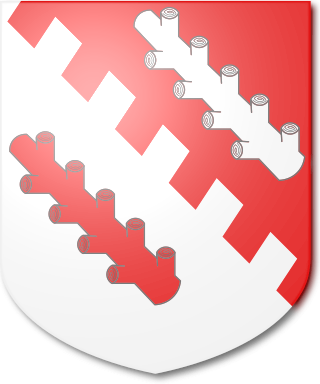
The Boyle Baronetcy, of Ockham in the Parish of Salehurst in the County of Sussex, is a title in the Baronetage of the United Kingdom. It was created on 14 December 1904 for Edward Boyle, a barrister, businessman and Conservative Member of Parliament for Taunton. His grandson, the third Baronet, was also a Conservative Member of Parliament and ultimately cabinet minister serving as Minister of Education from 1962 to 1964. He was made a life peer as Baron Boyle of Handsworth, of Salehurst in the County of Sussex, in 1970 and became vice-chancellor of the University of Leeds in the same year. The life peerage became extinct on his death in 1981 and he was succeeded in the baronetcy by his younger brother, the fourth Baronet. As of 2024 the title is held by the latter's eldest son, the fifth Baronet, who succeeded in 1983.
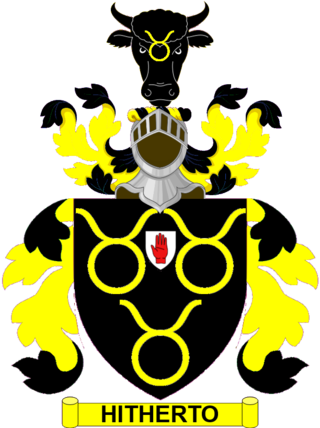
The Bull Baronetcy, of Hammersmith in the County of London, is a title in the Baronetage of the United Kingdom. It was created on 25 November 1922 for the Conservative politician Sir William Bull. He represented Hammersmith and Hammersmith South in the House of Commons for many years. His eldest son, the second Baronet, died on active service in the Second World War and was succeeded by his younger brother, the third Baronet. As of 2019 the title is held by the latter's grandson, the fifth Baronet, who succeeded in 2019.

The Hammick Baronetcy, of Cavendish Square, London, is a title in the Baronetage of the United Kingdom. It was created on 25 July 1834 for the noted surgeon and physician Stephen Hammick.
The Hartwell Baronetcy, of Dale Hall in the County of Essex, is a title in the Baronetage of the United Kingdom. It was created on 26 October 1805 for Admiral Francis Hartwell.
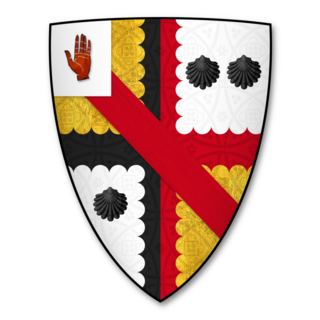
The Cotterell baronetcy, of Garnons in the County of Hereford, is a title in the Baronetage of the United Kingdom. It was created on 2 November 1805 for John Cotterell, Member of Parliament for Herefordshire for many years. The third Baronet also represented this constituency in the House of Commons. The fourth Baronet was Lord-Lieutenant of Herefordshire.
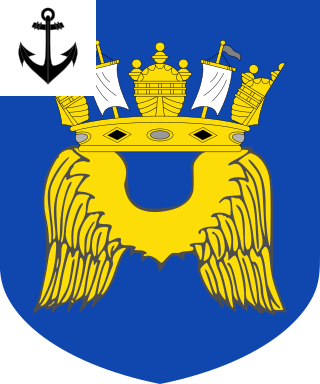
The Seymour, later Culme-Seymour Baronetcy, of High Mount in the County of Cork and Friery Park in the County of Devon, is a title in the Baronetage of the United Kingdom. It was created on 31 May 1809 for the naval commander Admiral Michael Seymour. The second Baronet assumed the additional surname of Culme, which was that of his first wife. The third Baronet was also an admiral in the Royal Navy and notably commanded the Channel Squadron from 1890 to 1892 and the Mediterranean Fleet from 1893 to 1896. The fourth Baronet was a vice admiral in the Royal Navy.
There have been three baronetcies created for personswith the surname Elphinstone, two in the Baronetage of Nova Scotia and one in the Baronetage of the United Kingdom. As of 2008 two of the creations are extant while one is dormant.

The Louis Baronetcy, of Chelston in the County of Devon, was a title in the Baronetage of the United Kingdom. It was created on 1 April 1806 to reward the service of Admiral Thomas Louis at the Battle of San Domingo in 1806. It passed to his son John Louis, later an admiral himself, on his death the following year and remained extant until the death of the fifth Baronet, Sir Charles Louis, in 1949.

The Metcalfe Baronetcy, of Chilton in the County of Berkshire, was a title in the Baronetage of the United Kingdom. It was created on 21 December 1802 for Thomas Metcalfe, Member of Parliament for Abingdon between 1796 and 1807.
The Sullivan baronetcy, of Thames Ditton in the County of Surrey, was created in the Baronetage of the United Kingdom on 22 May 1804 for the writer and MP Richard Sullivan. The third and sixth Baronets were Admirals in the Royal Navy. The ninth holder of the baronetcy did not use his title; as of 2023 the Official Roll marked the baronetcy as vacant.

The Russell baronetcy, of Swallowfield in the County of Berkshire, was created in the Baronetage of the United Kingdom on 10 December 1812 for Henry Russell. He was Chief Justice of Bengal and was admitted to the Privy Council in 1816. The 3rd Baronet represented Berkshire and Westminster in the House of Commons as a Conservative and was also awarded the Victoria Cross. The 4th Baronet sat as a Conservative Member of Parliament for East Berkshire. The 6th Baronet was a noted mineralogist.

The Jackson baronetcy, of Arlsey in the County of Bedford, was created in the Baronetage of the United Kingdom on 22 May 1815 for John Jackson. He was a Director of the Honourable East India Company and also represented Dover in the House of Commons.
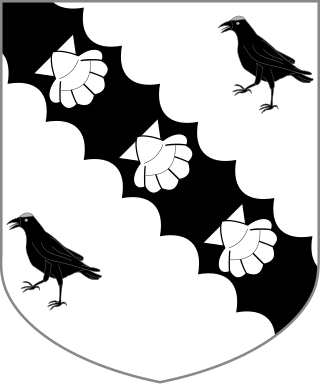
The Rowley baronetcy, of Hill House in the County of Berkshire, was created in the Baronetage of the United Kingdom on 21 March 1836 for the naval commander Admiral Charles Rowley. He was the fourth son of the 1st Baronet of the 1786 creation.















